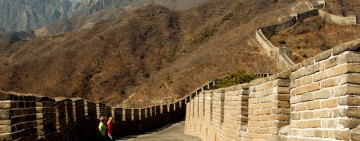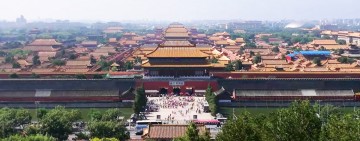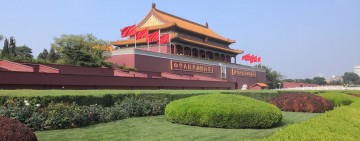Four Off the Beaten Path UNESCO World Heritage Sites You Should Include on Your China Itinerary
Last updated on 2019-04-20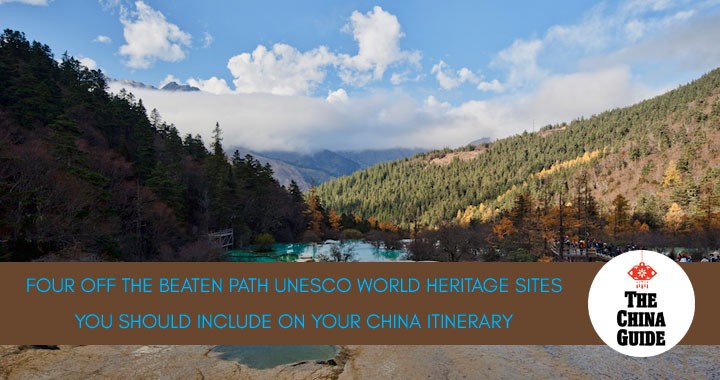
You’ve heard of the Forbidden City, the Great Wall of China, the Potala Palace, and the Terracotta Warriors but did you know they are all UNESCO World Heritage Sites? “What’s a World Heritage Site?” you ask. Well, a World Heritage Site is a landmark or region identified by the United Nations Educational, scientific and Cultural Organization (UNESCO) as having particular cultural, historical or natural significance and is thus protected by a number of international treaties.
China is home to 12 natural sites, 36 cultural sites, and four mixed sites, for a total of 52, making it the country with the second largest number of UNESCO World Heritage sites - only Italy has more, with 53. While we would never suggest that it isn’t worth your time to visit the Great Wall, with so many fascinating sites to choose from, it makes sense to get off the beaten path and visit some of the less well-explored sites - while visiting these sites takes a little more planning,you’ll be rewarded with (slightly) smaller crowds and outstanding photo opportunities.
We’ve put together a list of some of our favorites, whether you like to experience history up close or explore the great outdoors.
Chengde Mountain Resort and its Outlying Temples
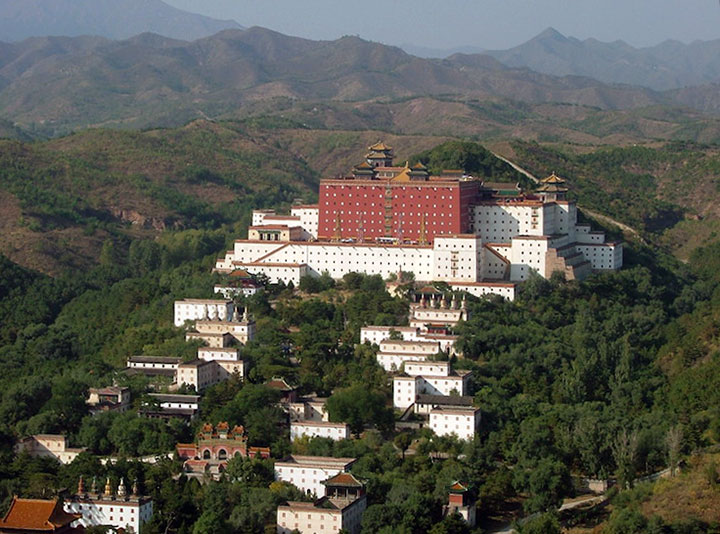
Just 230 kilometers northwest of Beijing, the small city of Chengde makes for a perfect weekend retreat from the capital. The Qing emperors knew this better than anyone, which is why, in 1703, the Kangxi Emperor chose Chengde as his summer resort. Built between 1703 and 1792, the resort covers a total area of 5.6 square kilometers. It is a vast complex of palaces, administrative buildings, temples, and imperial gardens. Surrounding the structures and formal gardens is a landscape of lakes, plains, forests, and mountains, designed to reflect the environment of different regions of China, including the homeland of the Manchu Qing court. You could spend a whole day exploring the resort, justifying the high entry fee (145 CNY in summer, 90 CNY in winter). Outside the walls of the Resort are the Eight Outer Temples, representing different architectural style from different parts of the Qing empire. The most striking of the temples is Putuo Zongcheng Temple, modeled after the Potala Palace in Lhasa - a good way to see this Tibetan Buddhist architectural style without risking altitude sickness! There are frequent trains between Beijing and Chengde (4.5-5 hours), most leaving from Beijing main train station. You can also take a long distance bus (approx. 2.5 hours).
Huanglong Scenic and Historic Interest Area
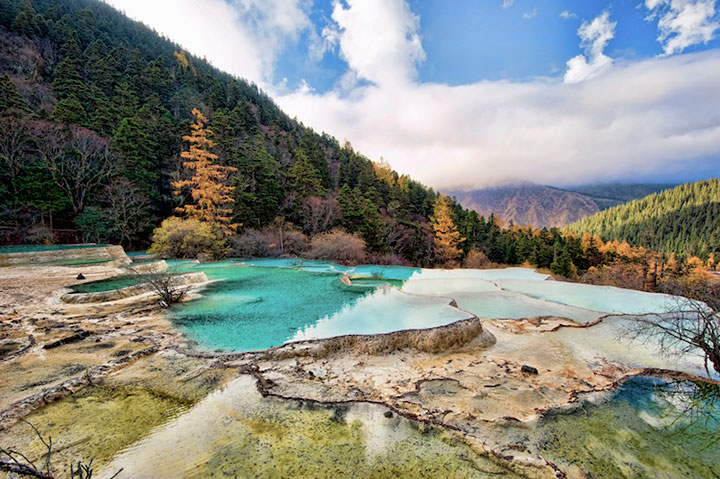
Located around 150 kilometers northwest of Chengdu in Sichuan province, the Huanglong (literally meaning “yellow dragon”) National Scenic Reserve may not be as internationally renowned as nearby Jiuzhaigou National Park but it is no less beautiful. The area was inscribed on the UNESCO World Heritage list in 1992. Huanglong is known for its colorful pools, which are formed by calcite deposits. It is also home to several endangered species, including giant pandas and the Sichuan golden snub-nosed monkey. The best and most scenic pools can be found in Yellow Dragon Gully itself, where the layered pools are said to resemble the scales on the back of a dragon. Huanglong National Scenic Reserve can be reached by bus or car from Chengdu and Jiuzhaigou (there are daily shuttle buses between Jiuzhaigou and Huanglong National Parks during peak season).
Mount Qingcheng and the Dujiangyan Irrigation System
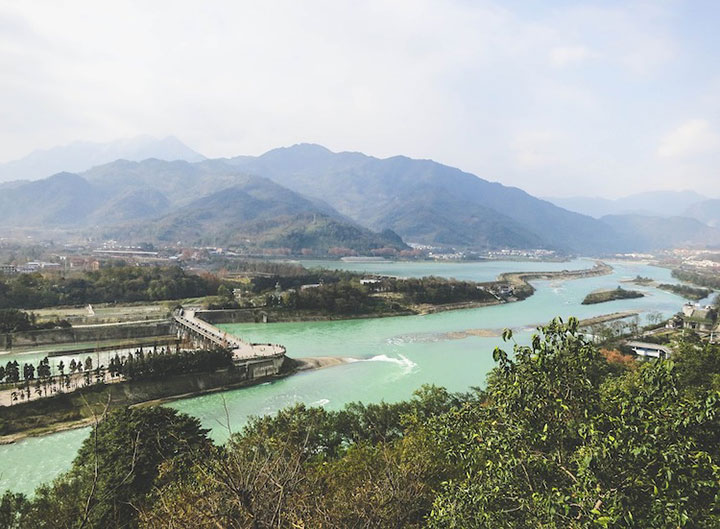
Located about 80 kilometers northwest of Chengdu, this important entry on the World Heritage list actually combines two sites: Mount Qingcheng, one of the birthplaces of Taoism, and the Dujiangyan irrigation system, which has been in continuous use since the 3rd century BC. A complex system designed to divert water for irrigation, prevent sedimentation, and control flooding, as UNESCO points out, the Dujiangyan irrigation system is evidence of the huge advances in science and technology made in ancient China. Many tourist buses travel to the Dujiangyan Scenic Area from Chengdu, the journey taking about an hour and a half. Alternatively, you can take a train from Chengdu North Train station. We recommend buying your train tickets at least a day in advance as this route is very busy, especially on weekends and public holidays.
Kaiping Diaolou and Villages
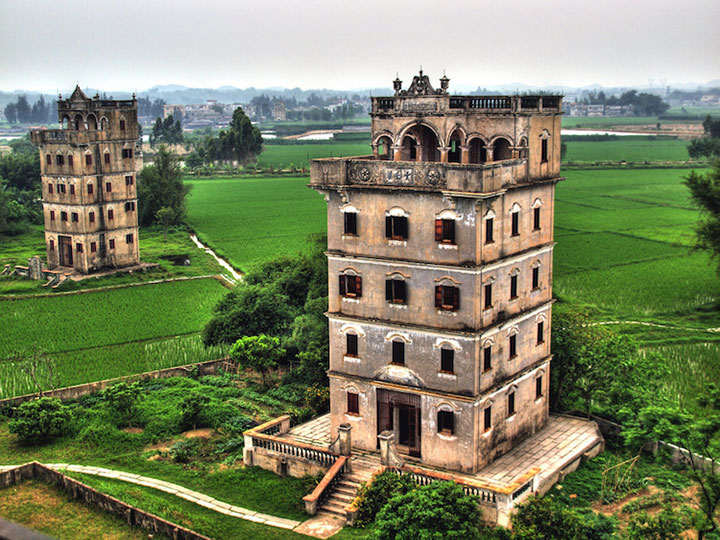
If you find yourself in southern China, particularly Guangzhou, you should definitely consider including a trip to see the magnificent diaolou in Kaiping County on your itinerary. Diaolou are multistorey watchtowers, the first of which were built during the Ming dynasty and which became even more popular in the 1920s and 1930s when overseas Chinese returned to the area with newly acquired wealth and renovated the towers with Western architectural touches. This unique fusion of Chinese and Western architecture was also a major factor in the decision to inscribe the buildings on the UNESCO World Heritage list in 2007. There are more than 1,800 diaolou in Kaiping alone, with many more scattered around the countryside, so planning a trip can be a little daunting - the best way is to hire a private driver, then you can take in the various sights at your leisure. We recommend visiting the Jinjiangli diaolou cluster, which is home to some of the most ornate diaolou, and the Liyuan Garden, a compound and garden built by a wealthy Chinese-American businessman in the 1930s.
There are also many sites in China that have been submitted to the UNESCO World Heritage tentative list, including Cangshan Mountain and Erhai Lake in Dali in Yunnan Province, Fenghuang Ancient Town in Hunan Province, and the southern Yangtze region water towns of Zhouzhuang, Luzhi, Wuzhen, and Xitang. ■—
The China Guide can arrange tours to all of the sites mentioned above, as well as any other UNESCO World Heritage Sites you are interested in. Contact our travel experts now to start planning your trip.
Images: Wikimedia, Pixabay, Flickr


